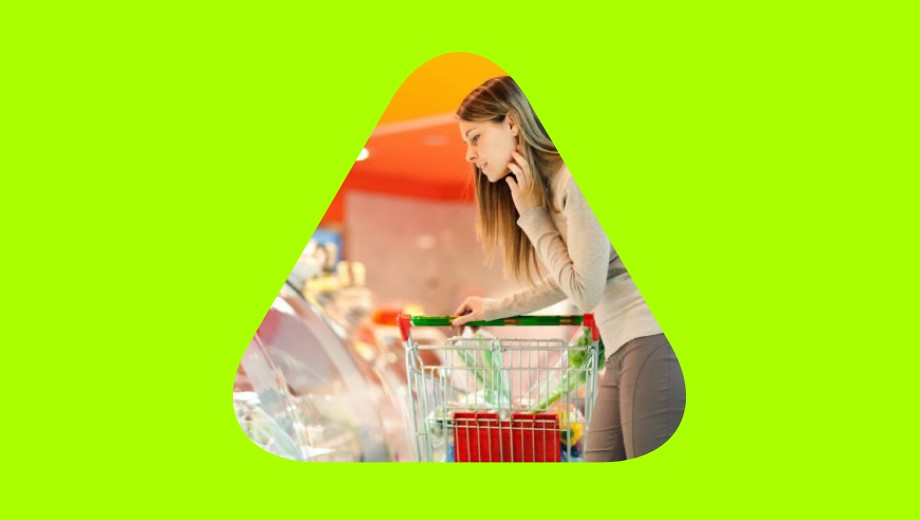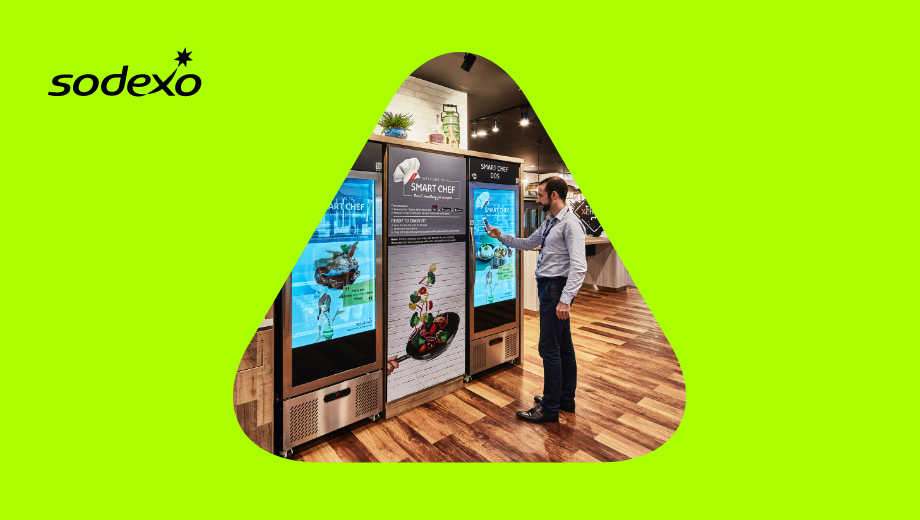How smart, connected reusable transport items can reduce waste, spur greater efficiency, and unlock new business and sustainability opportunities.
By Steve Statler, Wiliot
We should all be alarmed that the world wastes 1.3 billion tons of edible food each year, according to the Food and Agriculture Organization of the United Nations. In the U.S., of all the wasted food, 28 percent (23 million tons) from restaurants, grocery stores, and food service companies never even makes it onto people’s plates, according to ReFED, a nonprofit dedicated to ending food loss and waste. ReFED estimates another 35 percent (28 million tons) of wasted food is lost earlier in the supply chain, either on farms or while in production.
It doesn’t have to be this way.
One prominent retailer, with 300 grocery stores, has taken an unprecedented step. It has adopted smart, connected reusable transport items (RTIs) to help shine a light into the darkest corners of its food supply chain. These RTIs are essentially plastic crates outfitted with tiny, wireless computers that communicate their location and temperature. The goal, starting out, was to continuously monitor produce from farm to store to ensure freshness for its customers. Now, with more than a million RTIs planned, the company can track virtually anything it wants to—produce, milk, eggs, etc.—optimizing operations, reducing waste, and establishing a more sustainable, circular supply chain.
All thanks to smart RTIs.
What’s a smart RTI?
Smart RTIs represent a critical expansion of the Internet of Things (IoT). As originally implemented, the IoT was pretty limited—more like an Internet of Expensive Things (mobile phones, cars, appliances). But smart RTIs herald the dawning of something much bigger: an Internet of Trillions of Things (IoT2). Because when trillions of everyday things—products, materials, shipping containers, and more—connect to the IoT2, they can transform how goods are made, distributed, sold, consumed, reused, and recycled.
Smart RTIs get their intelligence from what are called Wiliot IoT Pixels, self-powered, stamp-sized computers, or smart tags, that communicate information wirelessly and securely to the Wiliot Cloud. The IoT Pixels can be built into or affixed like stickers to plastic containers, pallets, packaging, you name it. They can sense a range of physical and environmental conditions, such as temperature, fill level, motion, location changes, humidity, and proximity. And they connect wirelessly to an existing or purpose-built infrastructure of very low-cost, Bluetooth-enabled access points, making their use eminently affordable.
The use of ultra-low-cost infrastructure to energize and read the IoT Pixels means that ID, location and sensing information can be continuously monitored throughout a store or warehouse without human intervention.
Wiliot IoT Pixels are made using the same process and equipment that the RFID industry has been perfecting to make RAIN RFID tags. In fact, when Wiliot created the first of its new Version 2.0 IoT Pixels, Avery Dennison helped in the industrialization of manufacturing the first inlays using the new chips that were mass produced.
The business and sustainability benefits are profound. For example, smart RTIs can help alleviate “inventory anxiety” whereby retailers over-order anticipating supply won’t match demand, often resulting in wasted surplus. In a store environment, smart RTIs can accurately and automatically communicate inventory levels, temperature, and other conditions. In distribution channels, smart RTIs enhance efficiency, because knowing how much of everything is in the supply chain—and where—allows companies to right-size their delivery vehicles; practice dynamic routing to exploit better, shorter distances; and get goods where they need to go faster while reducing emissions.
To say nothing of the benefits of tracking smart RTIs themselves. Through cost-effective visibility into each shipping asset at each stage of the supply chain, companies gain insight that has a meaningful, measurable impact on their bottom lines.
With smart RTIs, companies know what share of their containers are being stocked and used, where they’re being used, and—equally important—whether they’re being used at all. Smart RTIs don’t go missing because they never stop communicating their location. They’re washed and sent back into the supply chain, completing a circle that promotes sustainability and saves money and resources.
The future is now
The challenge now is realizing this vision and actually connecting these trillions of things to the IoT2. Smart RTIs need to move among many stakeholders in a supply chain. Each could be operating more efficiently and sustainably. Understanding their role in a circular economy—and the critical role information plays in completing that circle—is the key to success.
Moreover, an alignment around IoT2-enabled information will permeate an entire ecosystem of supply chain-supporting organizations, from producers and distributors to packaging manufacturers; from connectivity and smart tag providers to retailers; from technology integrators and consultants to consumers themselves. Reorganizing supply chains around real-time information makes the revolution complete.
Smart RTIs shine a light into supply chain darkness, where companies simply can’t see what’s going on. Now they can. And the impact will be profound.



